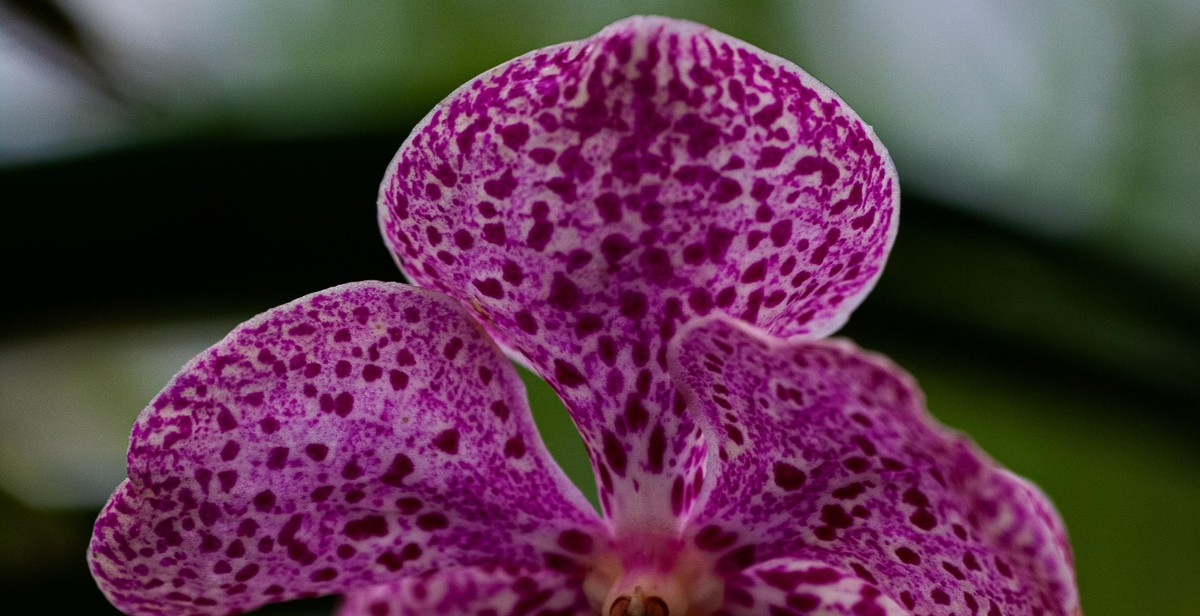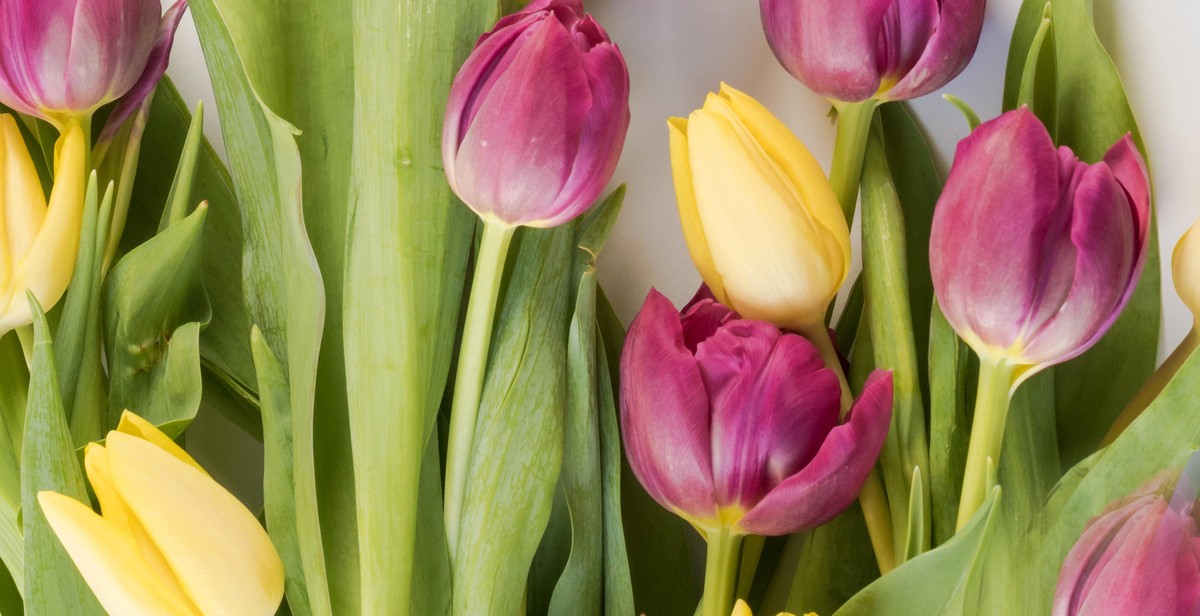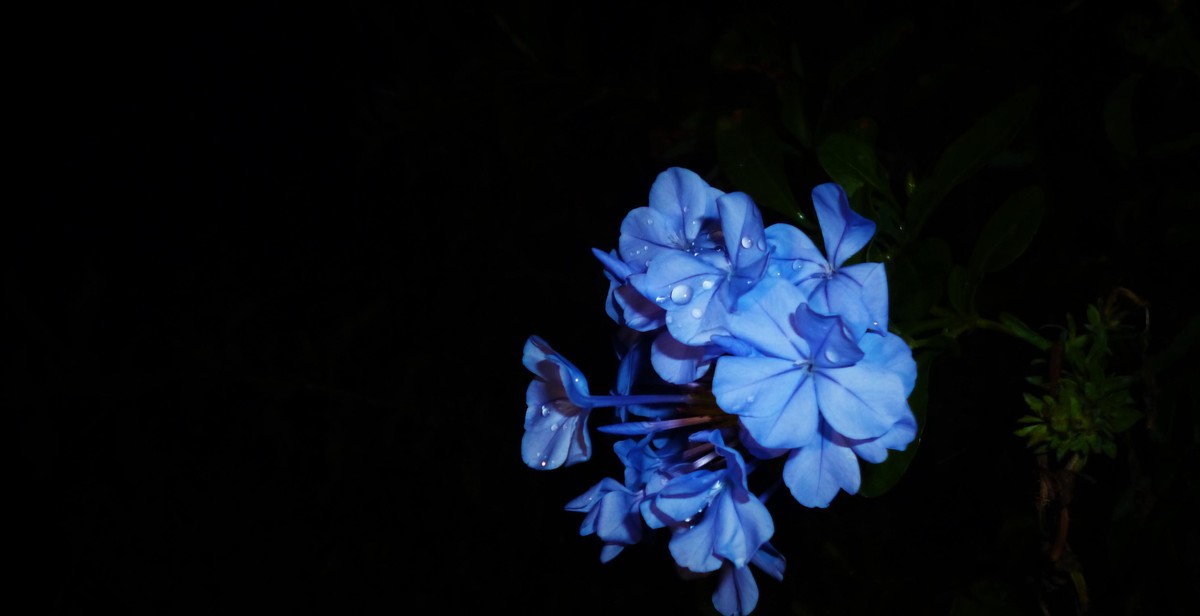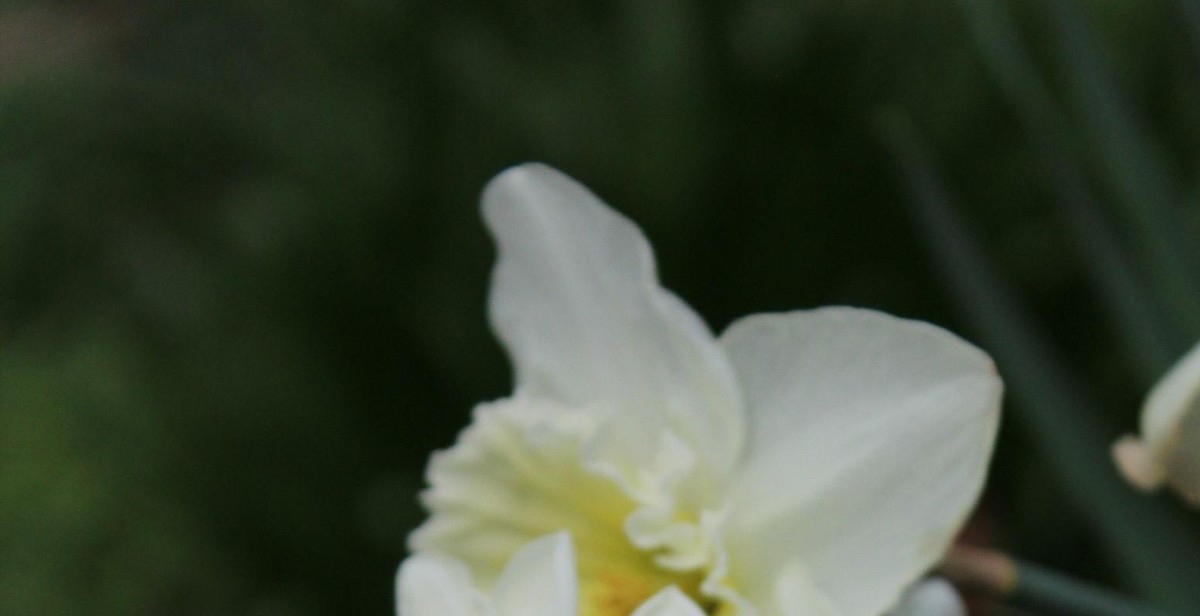How to Care for Night-Blooming Flowers: Enhancing Your Garden’s Evening Beauty
Adding night-blooming flowers to your garden can create a magical ambiance in the evening. These flowers have a unique ability to bloom after dark, making them stand out among other plants in your garden. However, caring for night-blooming flowers requires specific techniques and knowledge to ensure that they thrive and continue to bloom year after year.
Why Night-Blooming Flowers Are Unique
Night-blooming flowers have a unique characteristic that sets them apart from other plants. They have a specific circadian rhythm that triggers their blooming in the evening. These flowers use the moonlight to photosynthesize, which allows them to conserve energy during the day and bloom at night when the temperature is cooler.
How to Care for Night-Blooming Flowers
Caring for night-blooming flowers requires a different approach than caring for other plants. These flowers need specific nutrients, watering, and light conditions to thrive. Some of the care techniques include:
- Planting in well-draining soil
- Providing enough water without overwatering
- Adding organic matter to the soil
- Using fertilizers with low nitrogen levels
- Providing enough moonlight or artificial light
By following these care techniques, you can enhance the evening beauty of your garden with night-blooming flowers. In the following sections, we will discuss each of these techniques in detail and provide tips on how to care for specific types of night-blooming flowers.

Understanding Night-Blooming Flowers
Night-blooming flowers are a unique and fascinating addition to any garden. Unlike most flowers that bloom during the day, these flowers open up at night and release their sweet fragrance to attract night-flying pollinators like moths, bats, and some species of bees. They are also known as nocturnal flowers, and they come in different colors, shapes, and sizes.
What are Night-Blooming Flowers?
There are several species of night-blooming flowers, each with its unique features and benefits. Some of the popular ones include:
- Evening Primrose: This flower blooms in the late afternoon and releases a sweet fragrance. They are easy to grow and come in different colors like pink, yellow, and white.
- Angel’s Trumpet: This flower is known for its trumpet-like shape, and it releases a strong fragrance at night. They can grow up to 15 feet and require plenty of sunlight.
- Moonflower: This flower blooms at night and has a sweet fragrance. They are easy to grow and thrive in warm climates.
Night-blooming flowers are unique because they have adapted to attract pollinators that are active at night. They have evolved to have large, white or pale-colored petals that are easy to see in the dark. They also emit a sweet fragrance that attracts pollinators from a distance.
Why Grow Night-Blooming Flowers?
Growing night-blooming flowers is an excellent way to enhance the beauty of your garden and attract nocturnal pollinators. Here are some reasons why you should consider growing night-blooming flowers:
- Beauty: Night-blooming flowers are unique and beautiful. They add a touch of mystery and elegance to your garden.
- Fragrance: Night-blooming flowers have a sweet fragrance that is more intense at night. They can fill your garden with a pleasant aroma.
- Nocturnal Pollinators: Some pollinators like moths and bats are active at night. Growing night-blooming flowers can attract these pollinators to your garden and help with pollination.
- Low Maintenance: Most night-blooming flowers are easy to grow and require little maintenance. They can thrive in different soil types and weather conditions.
Growing night-blooming flowers is a rewarding experience that can enhance the beauty of your garden and attract nocturnal pollinators. Make sure to choose the right species that can thrive in your climate and provide them with the right growing conditions.

Choosing Night-Blooming Flowers for Your Garden
If you want to add some evening beauty to your garden, you can’t go wrong with night-blooming flowers. These flowers not only look beautiful but also release a sweet fragrance that can make your garden even more inviting. When choosing night-blooming flowers, consider the following factors:
Popular Varieties of Night-Blooming Flowers
There are many types of night-blooming flowers that you can choose from, but some are more popular than others. Here are some of the most popular varieties:
- Moonflower: This is a beautiful flower that blooms at night and emits a sweet fragrance. It is a climbing vine that can grow up to 15 feet.
- Night-blooming jasmine: This flower has a strong, sweet fragrance and blooms from early summer to fall. It is a small shrub that can grow up to 8 feet.
- Angel’s trumpet: This is a large, trumpet-shaped flower that blooms at night and has a sweet fragrance. It is a shrub or small tree that can grow up to 20 feet.
- Night-blooming cereus: This is a cactus that produces beautiful, fragrant flowers that bloom only at night. It can grow up to 20 feet.
Factors to Consider When Choosing Night-Blooming Flowers
When choosing night-blooming flowers for your garden, consider the following factors:
| Factor | Description |
|---|---|
| Climate | Choose flowers that are suitable for your climate. Some night-blooming flowers require warm temperatures, while others can tolerate cooler temperatures. |
| Soil | Make sure the soil in your garden is suitable for the flowers you want to plant. Some night-blooming flowers prefer well-drained soil, while others require moist soil. |
| Light | Consider the amount of light your garden receives. Some night-blooming flowers require full sun, while others prefer partial shade. |
| Size | Choose flowers that are suitable for the size of your garden. Some night-blooming flowers can grow quite large and may not be suitable for small gardens. |
| Color | Consider the color of the flowers you want to plant. Some night-blooming flowers come in a range of colors, while others are only available in one color. |
By considering these factors, you can choose night-blooming flowers that will thrive in your garden and enhance its evening beauty.

Caring for Night-Blooming Flowers
Night-blooming flowers are a unique and beautiful addition to any garden. They add a touch of mystery and allure to the evening hours and can even attract nocturnal pollinators like moths and bats. However, caring for these flowers requires a bit of extra attention and effort. Here are some tips for keeping your night-blooming flowers healthy and thriving.
Planting Night-Blooming Flowers
When planting night-blooming flowers, it’s important to choose a spot where they will receive plenty of sunlight during the day but also be protected from strong winds. These flowers prefer well-draining soil that is rich in organic matter. Be sure to space them out properly to allow for adequate air circulation.
Watering Night-Blooming Flowers
Night-blooming flowers require consistent moisture, but be careful not to overwater them. Water deeply once or twice a week, depending on the weather and soil conditions. Avoid getting water on the leaves and flowers as this can lead to fungal diseases.
Feeding Night-Blooming Flowers
Night-blooming flowers benefit from regular feeding with a balanced fertilizer. Apply every 4-6 weeks during the growing season, following the manufacturer’s instructions. Avoid using high-nitrogen fertilizers as these can promote leaf growth at the expense of flowers.
Pruning Night-Blooming Flowers
Pruning is not usually necessary for night-blooming flowers, but you can remove any dead or damaged branches to promote new growth. If your plants become too large, you can also trim them back in the fall after they have finished blooming.
Pest and Disease Control for Night-Blooming Flowers
Night-blooming flowers can be susceptible to pests and diseases just like any other plant. Keep an eye out for common problems like aphids, spider mites, and powdery mildew. Use organic methods like insecticidal soap and neem oil to control pests, and remove any infected leaves or flowers to prevent the spread of disease.
Overall, caring for night-blooming flowers requires a bit of extra attention and care, but the stunning blooms and enchanting fragrance are well worth it. With these tips, your garden can be a magical oasis of evening beauty.
| Planting | Watering | Feeding | Pruning | Pest and Disease Control |
|---|---|---|---|---|
| Choose a sunny, sheltered spot with well-draining soil | Water deeply once or twice a week, avoiding leaves and flowers | Feed with a balanced fertilizer every 4-6 weeks during growing season | Remove dead or damaged branches as needed | Use organic methods to control pests and diseases |

Enhancing Your Garden’s Evening Beauty
Gardening is not just about the day, but also about the night. Night-blooming flowers add a touch of magic to any garden, but they need proper care and attention to thrive. Here are some tips to enhance your garden’s evening beauty:
Night-Blooming Flowers and Garden Lighting
Night-blooming flowers need proper lighting to show off their beauty. Consider installing outdoor lighting in your garden to highlight your night-blooming flowers. You can use solar-powered lights, which are environmentally friendly and cost-effective, or low-voltage lights, which are easy to install and maintain. Place the lights strategically to create a warm and inviting atmosphere.
Another way to enhance your garden’s evening beauty is to use candles or lanterns. They create a cozy and romantic ambiance, and they also attract moths and other insects that pollinate night-blooming flowers. However, be careful not to place them too close to your plants, as they can cause damage or even start a fire.
Companion Planting with Night-Blooming Flowers
Companion planting is a great way to enhance your garden’s evening beauty and promote healthy growth. Night-blooming flowers can be paired with other plants that complement their colors, textures, and fragrances. For example, you can plant white moonflowers with blue morning glories, or yellow datura with purple salvia. This creates a stunning contrast and adds depth to your garden.
Companion planting can also attract beneficial insects that help control pests and improve soil health. For example, marigolds repel nematodes and other harmful insects, while clover and vetch fix nitrogen in the soil.
| Night-Blooming Flower | Companion Plant |
|---|---|
| Moonflower | Morning Glory |
| Datura | Salvia |
| Night Phlox | Four O’Clocks |
By following these tips, you can enhance your garden’s evening beauty and enjoy the magic of night-blooming flowers. Remember to provide proper care and attention to your plants, and they will reward you with their stunning beauty.

Conclusion
Night-blooming flowers can add a touch of magic and beauty to your garden. With the right care and attention, these stunning plants can thrive and provide a stunning display of color and fragrance in the evening hours. Whether you choose to plant moonflowers, night-blooming jasmine, or angel’s trumpet, the key to success is to provide the right growing conditions and care.
Remember these key tips:
- Choose the right location for your night-blooming flowers, with plenty of sunlight and well-draining soil.
- Fertilize your plants regularly to promote healthy growth and blooming.
- Water your plants deeply and consistently, but avoid overwatering.
- Prune your plants regularly to promote healthy growth and prevent disease.
- Protect your plants from pests and diseases, and provide support as needed.
By following these tips, you can enjoy the beauty of night-blooming flowers in your garden for years to come. Whether you’re looking to create a romantic atmosphere, attract pollinators, or simply enjoy the beauty of these stunning plants, night-blooming flowers are a wonderful addition to any garden.
